We value communication and provide healthy and happy lives through greenery.|Hakone Ueki Co.
“Refugia” Environmental Regenerative Greening System
Environmental Restoration Greening System Reviving Japan's Original Landscape



"Refugia" Environmental Regenerative Greening System
System flow
Step.1 – Survey/Plan
We provide green space planning and design cooperation based on literature research and field research.
We conduct a thorough investigation of the vegetation, flora, fauna, history, culture, etc. around the planned site. Based on the results, we will create a green space plan. Because native species in the same region have coexisted for a long time, certain plants have characteristics that make it difficult for them to overwhelm others. Furthermore, since the plan takes into account environmental pressures such as light, water, and soil, stable greening is possible. We also provide design assistance regarding plant species composition and planting foundations.
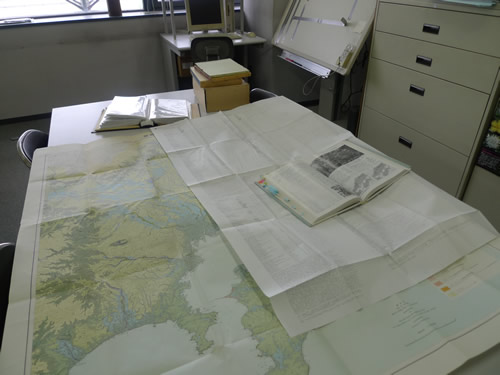



Step.2 – Cultivation/supply
Plants will be collected from around the planned site and cultivated.
1) Regional seeds
Seeds are collected and supplied as regional seeds. Seed collection will be limited to 20% or less of the available seeds, taking into consideration the impact on the next generation.




2) Regional seedlings Seedlings
are grown from collected seeds and cuttings. We manage production lines by collection location and plant species to ensure traceability.




3) Regional medium and tall trees
In the Kanto region, we will begin producing 20 major types of medium and tall trees in 2016, and supply will begin in 2019.

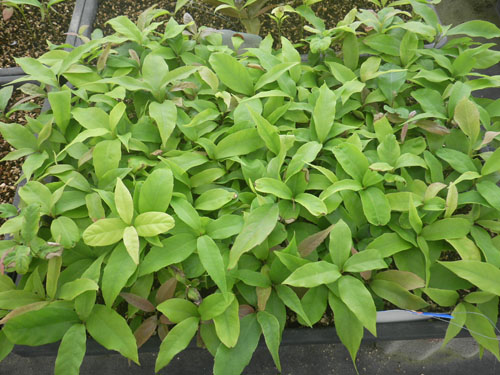


4) Supply from abandoned forestry/cultivated land
We will supply local seeds and medium-sized trees from abandoned forestry/cultivated land around the planned site. By utilizing abandoned sites, we contribute to the local community, shorten the time it takes to supply materials, and reduce the burden on the natural environment.




Step.3 – Construction
Utilizing our extensive know-how, we carry out construction in accordance with the environment of the planned site.
We fully understand the environmental conditions of the construction site, such as light, water, and soil, and arrange plants that correspond to these conditions. Regional vegetation units are placed on the planting base, and regional seeds and seedlings are planted in the same way as regular pots. We bring out the power of nature by making use of the native vegetation of the area and preserving the region’s unique environment. Our goal is to create a natural environment that becomes richer over time.




Step.4 – Management/Operation
We also manage green spaces and hold events using the effects of nature.
We carry out planting management that takes advantage of natural processes such as wind, light, and competition between species in the planting area. By utilizing the power of nature as much as possible, such as suppressing growth caused by wind, providing shade from growing plants, and decomposing fallen leaves, we reduce maintenance and management costs. We also hold events such as environmental education and observation sessions to learn about the natural environment. This will create a connection with the local area and allow it to be used as a community base.




case study

Futakotamagawa East Second District Urban Redevelopment Project
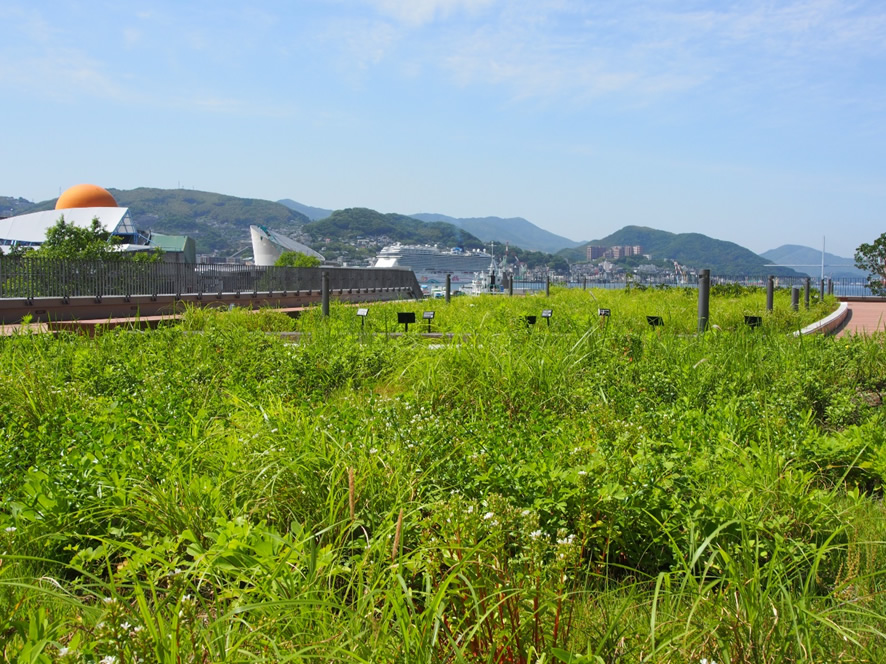
Nagasaki Prefectural Government Office Building

Bunkyo Ward Sudo Park
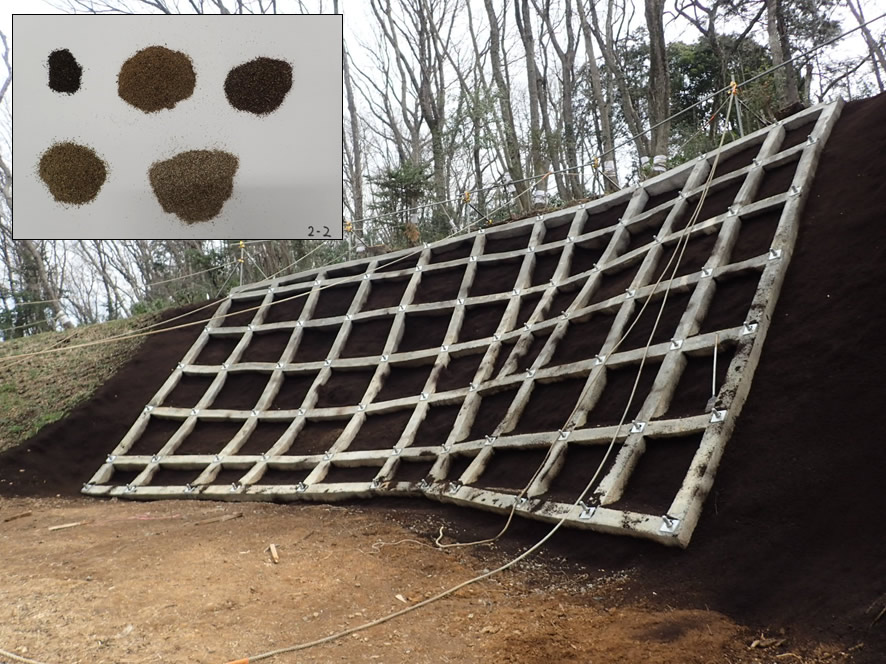
Noyamakita/Rokudoyama Park
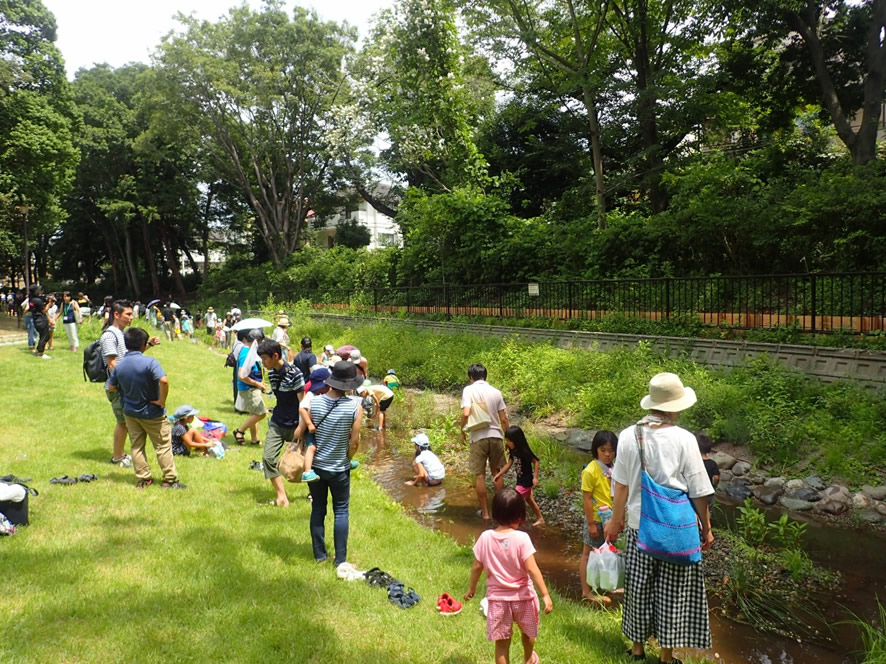
Yanoigawa
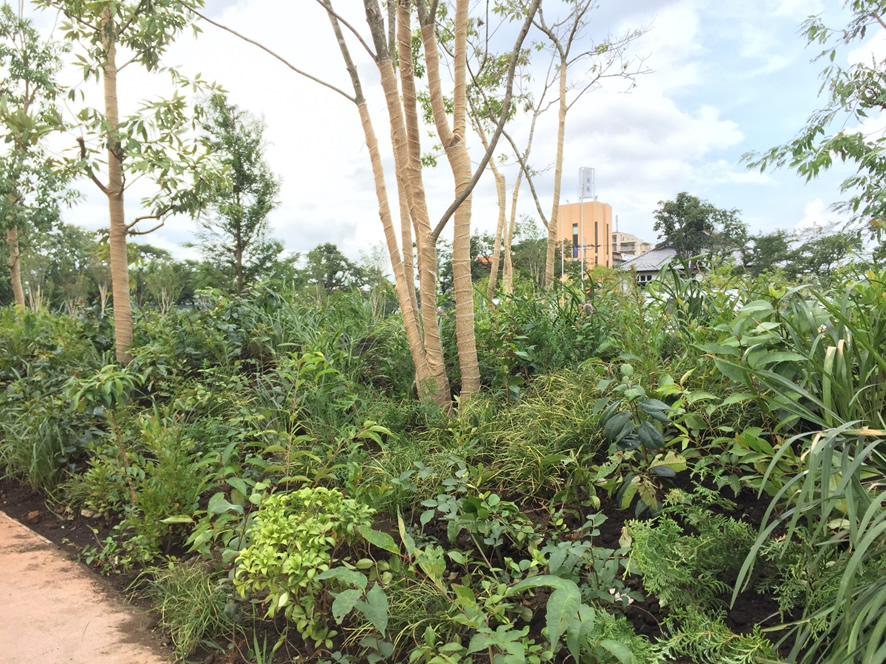
National Urban Greening Hachioji Fair

environmental education

Meiji University Kurokawa Farm Natural Ecological Garden

Road slope seed collection

Kokugakuin University

A park where birds sing

Movie “Plant Encyclopedia”
MORE DETAILClick here for other construction results
Vegetation reproduction example
Futakotamagawa East Second District Urban Redevelopment Project
Kawara Mugwort – Kawara Psycho Crowd

model place
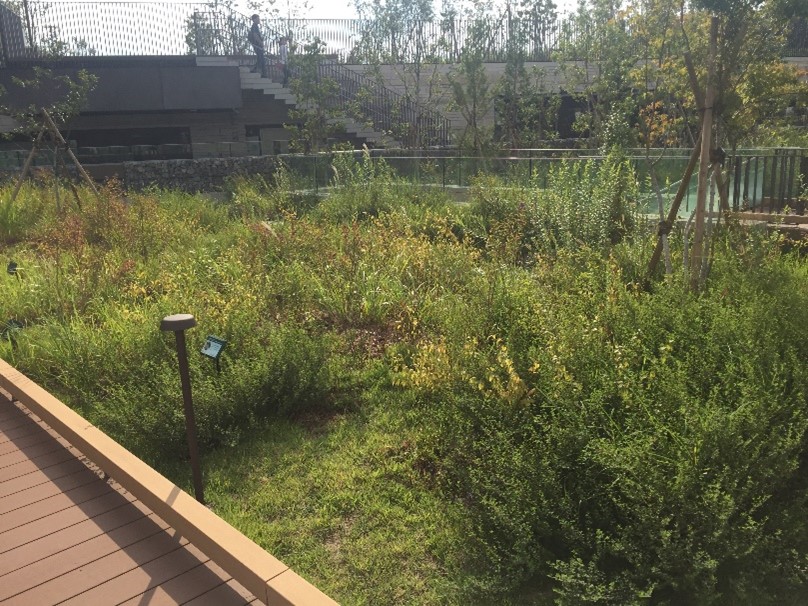
After reproduction
Japanese pampas grass – Chigaya community

model place

After reproduction
Ogi community

model place

After reproduction
Tsurifunesou-Kitsurifune community

model place

After reproduction
Yabukoji-Sudajii crowd

model place

After reproduction
white oak crowd

model place

After reproduction
Marubaya dwarf grass
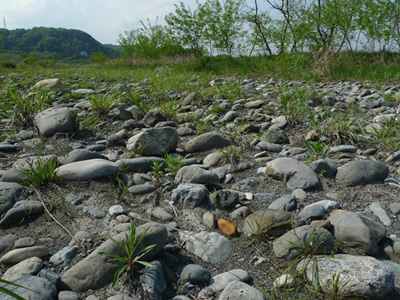
model place

After reproduction
Nagasaki Prefectural Office
Cycad cycads

model place

After reproduction
Saikai Yabumao community

model place
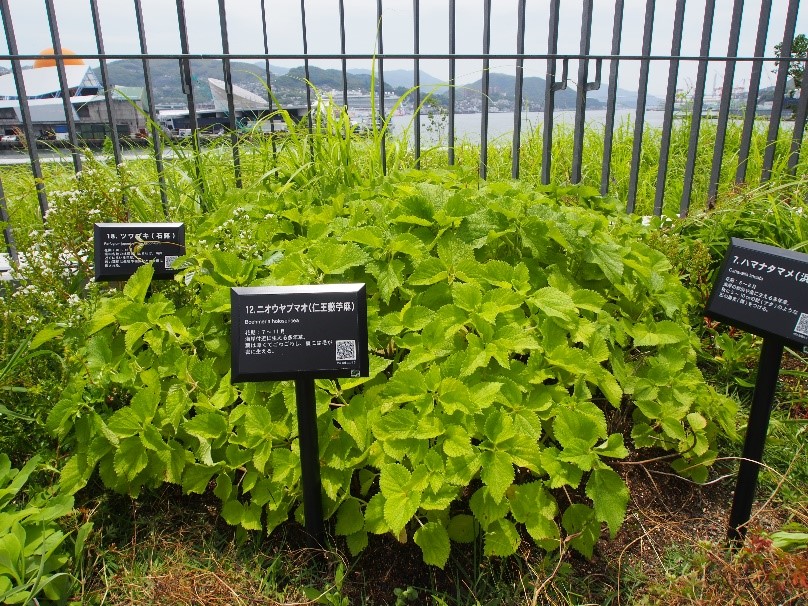
After reproduction
Chigaya Hamagou crowd

model place

After reproduction
hosobawadanbuttonboufuu crowd

model place

After reproduction
Japanese silver rose bush

model place

After reproduction
Management of native species
management cost
This green space requires less management than regular green space, reducing management costs.
Refugia plants are native species that are suitable for the environment of the planting site, so if you carefully consider the environment of the planting site in advance, it is difficult for the plants to grow more than necessary or wither, allowing for stable and low management. It will be a green space.
Management items
・Selective weeding
For about two years after planting, the invasion of non-native species is expected, so selective weeding is carried out about three times a year. Once sufficient coverage is achieved, the frequency of selective weeding will be reduced.
In the case of Futakotamagawa, 16 invasive species were confirmed in approximately 8,000 square meters of green space. By making a list of invasive species and instructing workers, selective weeding can be done relatively easily.
·pruning
If you want to recreate a grassy area, regular mowing is required. Depending on the desired height of the grassland, it may be necessary to mow once to three times a year.
・Thinning
If a particular species is dominant and poses a problem for the design, we will thin it out as appropriate.
An example of Futakotamagawa Rise, which is maintained almost without management.
There is an upper limit to the size of plants that the environment can support. By considering the environment such as sunlight, moisture content, soil thickness, wind exposure, etc., and recreating the combination of plants suitable for that environment, it is possible to control growth and create a green space with little maintenance.
In the Futakotamagawa River, we are maintaining the landscape with little management by recreating the river vegetation that grows in areas that are exposed to strong winds and dry.
– Planting plants that grow in harsh environments in areas with thick soil and high water content (such as sycamores, silverworts, pampas grass, and chigaya)
→ They grow quickly and require management costs such as pruning and mowing. To increase
・Plant plants that grow in a stable environment (white oak, japonica, aoki, etc.) in areas with thin soil and little moisture.
→ Growth is poor and management costs such as trapping, replanting, and soil improvement increase.

May 2015 (year of completion)
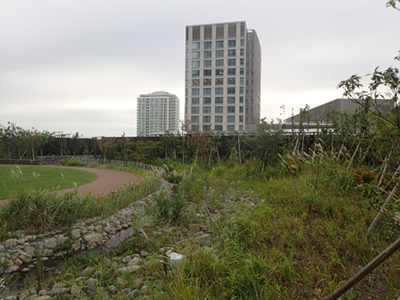
September 2017
Management and aging
<Toshima Ward Elementary School>
Manager: Otaka Elementary School Satoyama Biotope Keyaki Association
Management details: Thinning and pruning about once a year
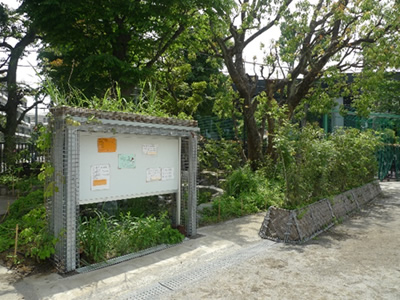
May 2014 (year of completion)

June 2016
<Futakotamagawa Rise Kawaranogiku Conservation Area>
Manager: Hakone Ueki
Management details: Almost no management
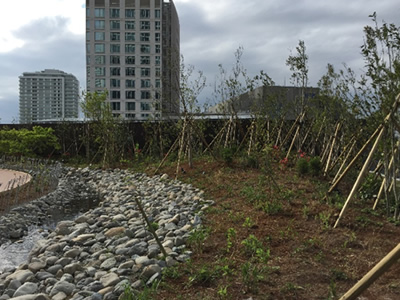
May 2015 (year of completion)

September 2015

September 2016

September 2017

September 2018
<Futako Tamagawa Rise Medaka Pond>
Manager: Hakone Ueki
Management details: Selective weeding, thinning, dead branch pruning, obstructive branch pruning
*Less management than normal green spaces
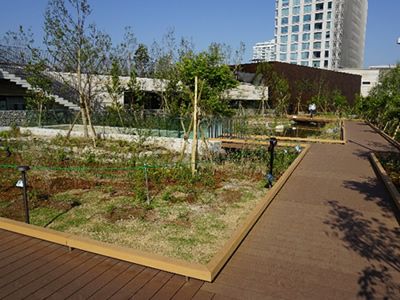
May 2015 (year of completion)
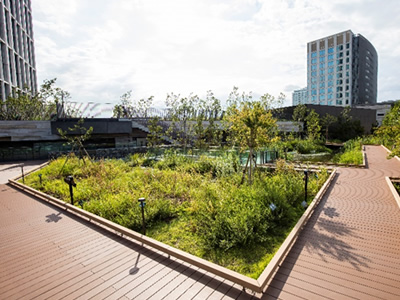
September 2015

September 2016

July 2017

October 2018
<Kokugakuin University Tama Plaza Campus>
Manager: Hakone Ueki
Management details: Selective weeding, thinning, and pruning (approximately 3 times a year)
*Since it is not covered, management is more frequent than normal slopes.

September 2015 (year of completion)

July 2016
traceability
Hakone Ueki has obtained business site certification and product certification under the “Regional Native Plant Traceability Certification System” provided by the Biodiversity Conservation Association.
*The certification system was included in the special specifications for construction ordered by the Tokyo Metropolitan Bureau of Construction in 2017, and Hakone Ueki delivered the work.
<Business establishment certification>
This is a system to certify businesses that can manage identification from the point of collection to delivery to prevent product mix-ups.
Hakone Ueki obtained the first certification in 2016.
<Product certification>
This is a system that certifies for each property where the plants produced were collected.
Hakone Ueki obtained the first certification in 2016.

Hakone Ueki Office Certificate Copy
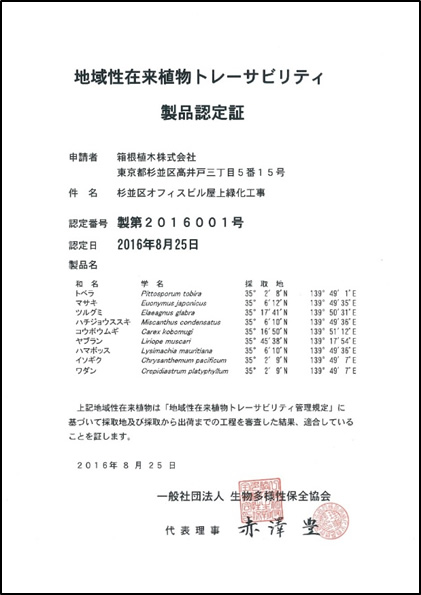
Copy of Hakone Ueki product certification

Hakone Ueki manages the collection area using GPS.
Refugia® development history

Refugia® development history
Refugia® was commercialized as a result of the Futakotamagawa Higashi 2nd District Type 1 urban redevelopment project.
In order to recreate the original landscape of Futakotamagawa in a green space, we collaborated with the designer, Landscape Plus Co., Ltd., and created a green space by collecting seeds from the Tama River basin. We have organized the know-how we have gained through this process, such as combining plants in nature, the environment and season for taking seeds, and holding workshops using native plants, into a series of services that we are expanding nationwide.
Hakone Ueki Co., Ltd.2017.7.18
Contact / Consultation
If you have any questions, would like to discuss a job, or would like to request a quote, please click here. If you have any questions or concerns, please feel free to contact us.
Please note that it may take some time for us to respond depending on the content of your inquiry.
Please understand that it may take some time for us to respond to your inquiry.





